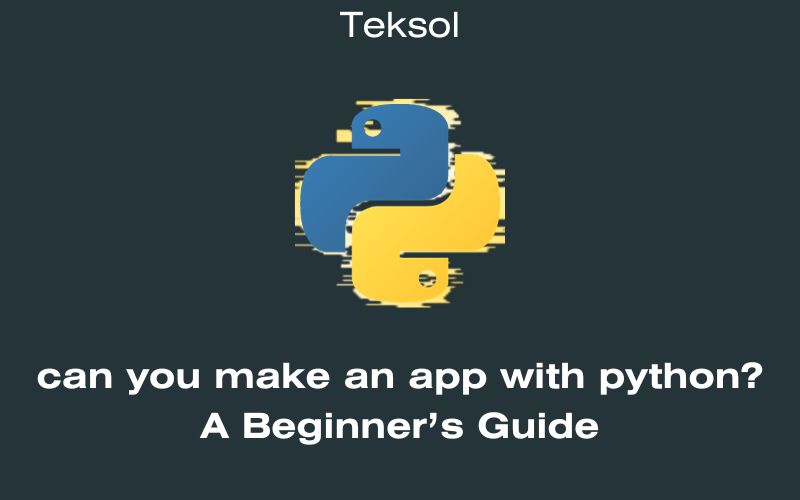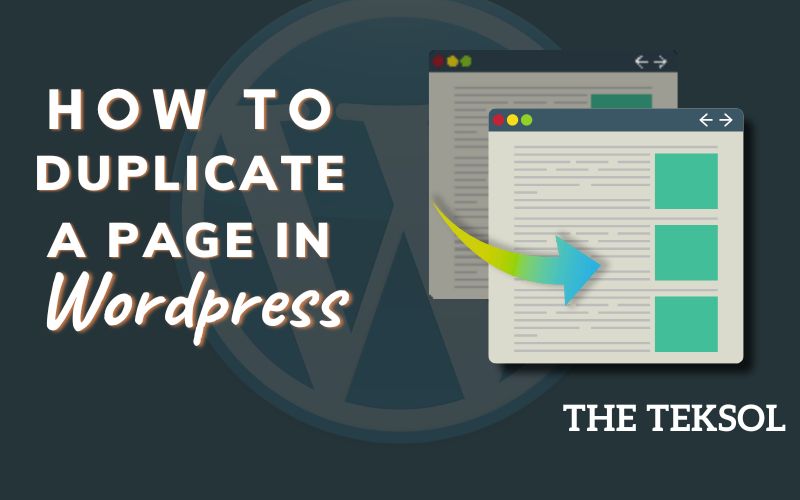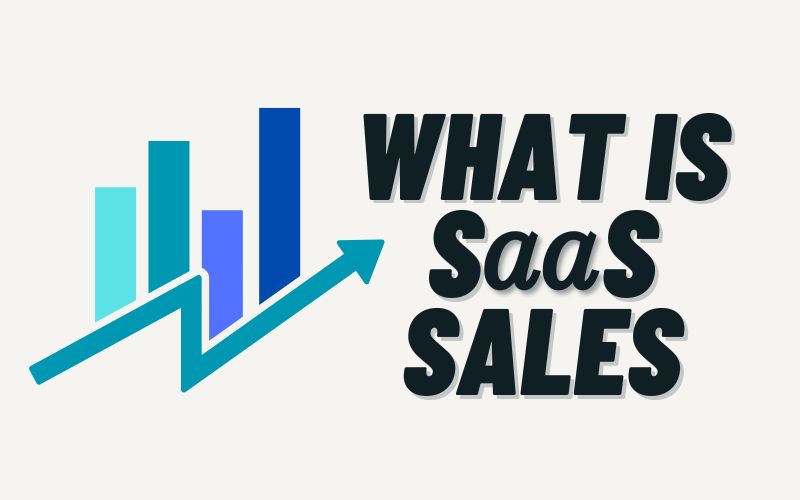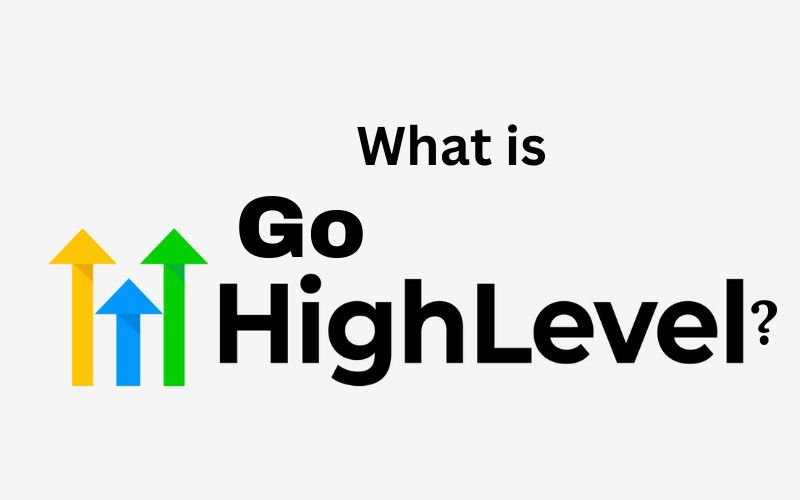Python is a widely used programming language. It can do many things, such as web development, data analysis, machine learning, and more. But can you make an app with python? The answer is yes, you can. You have many options and tools to create apps using python. It depends on what kind of app you want to make and what platforms you want to target. In this article, we will explore some of the options and tools that you can use to make an app with python.
Desktop Apps
Desktop apps are apps that run on Windows, Mac, or Linux. They have graphical user interfaces (GUIs) that let users interact with them. You can use python frameworks to create GUIs for your desktop app. Some of the python frameworks for GUIs are:
- PyQt: A framework that uses Qt, a cross-platform GUI toolkit.
- Tkinter: A framework that uses Tk, a standard GUI library for python.
- wxPython: A framework that uses wxWidgets, a cross-platform GUI toolkit.
- Kivy: A framework that uses OpenGL, a graphics library for 2D and 3D rendering.
You can also use python libraries to package your desktop app. These libraries let you turn your python code into an executable file. This way, you can distribute your app to other users.
Some of the python libraries for packaging are:
- PyInstaller: A library that supports Windows, Mac, and Linux.
- cx_Freeze: A library that supports Windows and Mac.
- Py2exe: A library that supports Windows only.
Some examples of desktop apps made with python are:
- Dropbox: A cloud storage service that uses PyQt for its GUI.
- Spotify: A music streaming service that uses PyQt for its GUI.
- Blender: A 3D modeling and animation software that uses Python for scripting and plugins.
Read More From The Teksol: What is Google Cloud Next
Web Apps
Web apps are apps that run on a browser. They use HTML, CSS, and JavaScript for the front-end. They also use python code for the back-end. The back-end handles the logic and data of the app. You can use python frameworks to create web apps. Some of the python frameworks for web apps are:
- Django: A framework that follows the model-view-template (MVT) pattern.
- Flask: A framework that follows the microservices architecture.
- Pyramid: A framework that follows the model-view-controller (MVC) pattern.
You can also use python libraries to handle the database and data storage of your web app. These libraries let you connect and interact with different types of databases. Some of the python libraries for databases are:
- SQLAlchemy: A library that supports relational databases, such as MySQL, PostgreSQL, and SQLite.
- MongoDB: A library that supports non-relational databases, such as MongoDB, a document-based database.
- Redis: A library that supports in-memory databases, such as Redis, a key-value store.
Some examples of web apps made with python are:
- Instagram: A photo and video sharing platform that uses Django for its back-end.
- Pinterest: A social media platform that uses Flask for its back-end.
- Reddit: A social news and discussion platform that uses Pyramid for its back-end.
Mobile Apps
Mobile apps are apps that run on Android or iOS. They have native widgets for the UI. These are the elements that users see and touch on the screen. You can use python frameworks to create cross-platform mobile apps. These frameworks let you write python code and use native widgets for the UI. Some of the python frameworks for mobile apps are:
- Kivy: A framework that uses OpenGL, a graphics library for 2D and 3D rendering.
- BeeWare: A framework that uses native widgets for the UI.
- PyMob: A framework that uses native widgets for the UI.
You can also use python libraries to access the native APIs and features of the mobile devices. These libraries let you use the sensors, cameras, GPS, and other functions of the devices. Some of the python libraries for native APIs are:
- Pyjnius: A library that lets you access the Java APIs on Android.
- PyObjC: A library that lets you access the Objective-C APIs on iOS.
- Rubicon: A library that lets you access the Objective-C APIs on iOS.
Some examples of mobile apps made with python are:
- Kognitivo: A brain training app that uses Kivy for its UI.
- Toga Gallery: A photo gallery app that uses BeeWare for its UI.
- Pydroid: An IDE for python development on Android that uses PyMob for its UI.
Conclusion
You can make an app with python in many ways. Python is a versatile and powerful language that can help you create apps for various platforms and purposes. You can choose from different frameworks and libraries to make your app. Whether you want to make a desktop app, a web app, or a mobile app, python has a solution for you. So, what are you waiting for? Start making your app with python today!




2 Comments